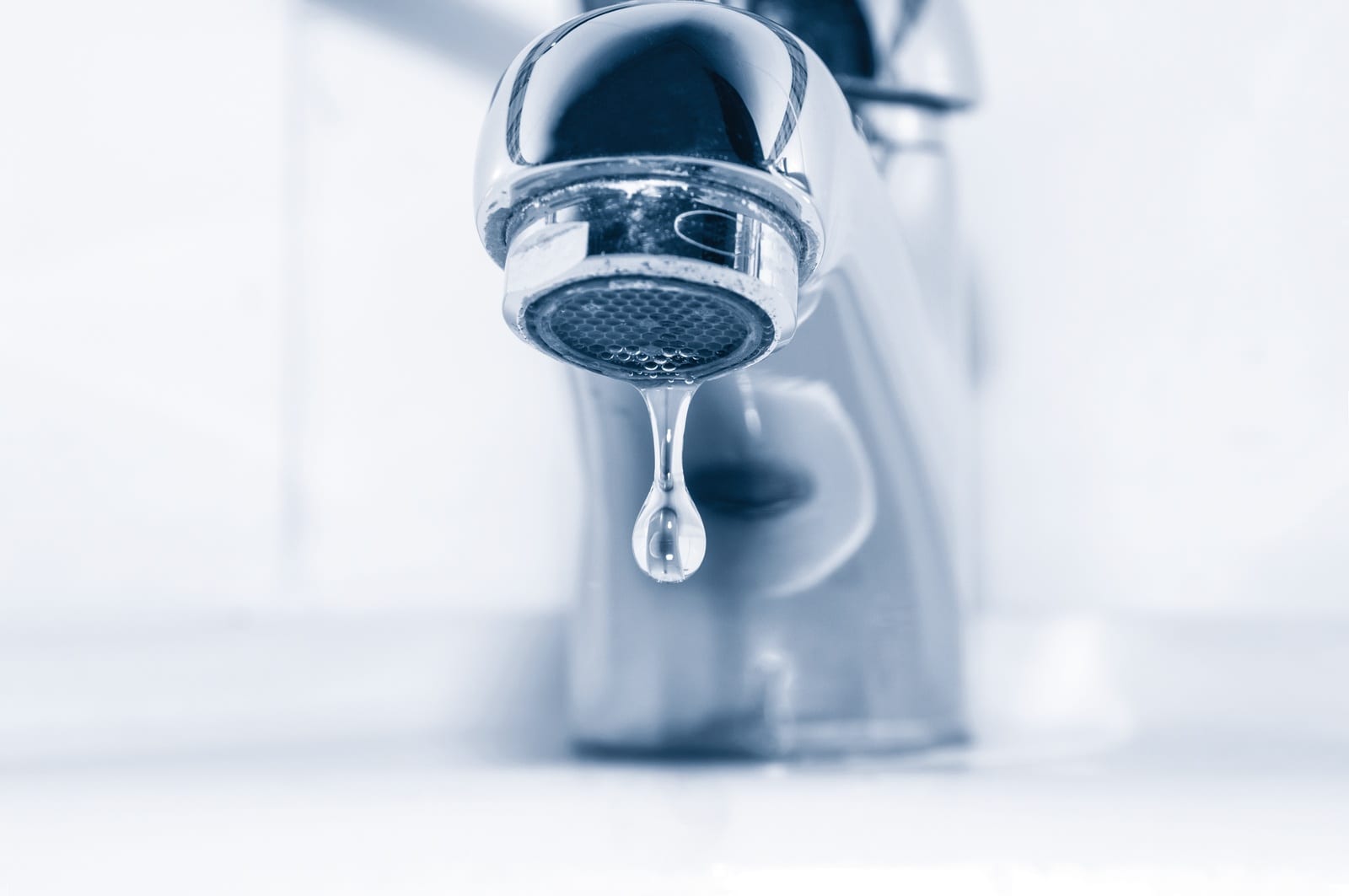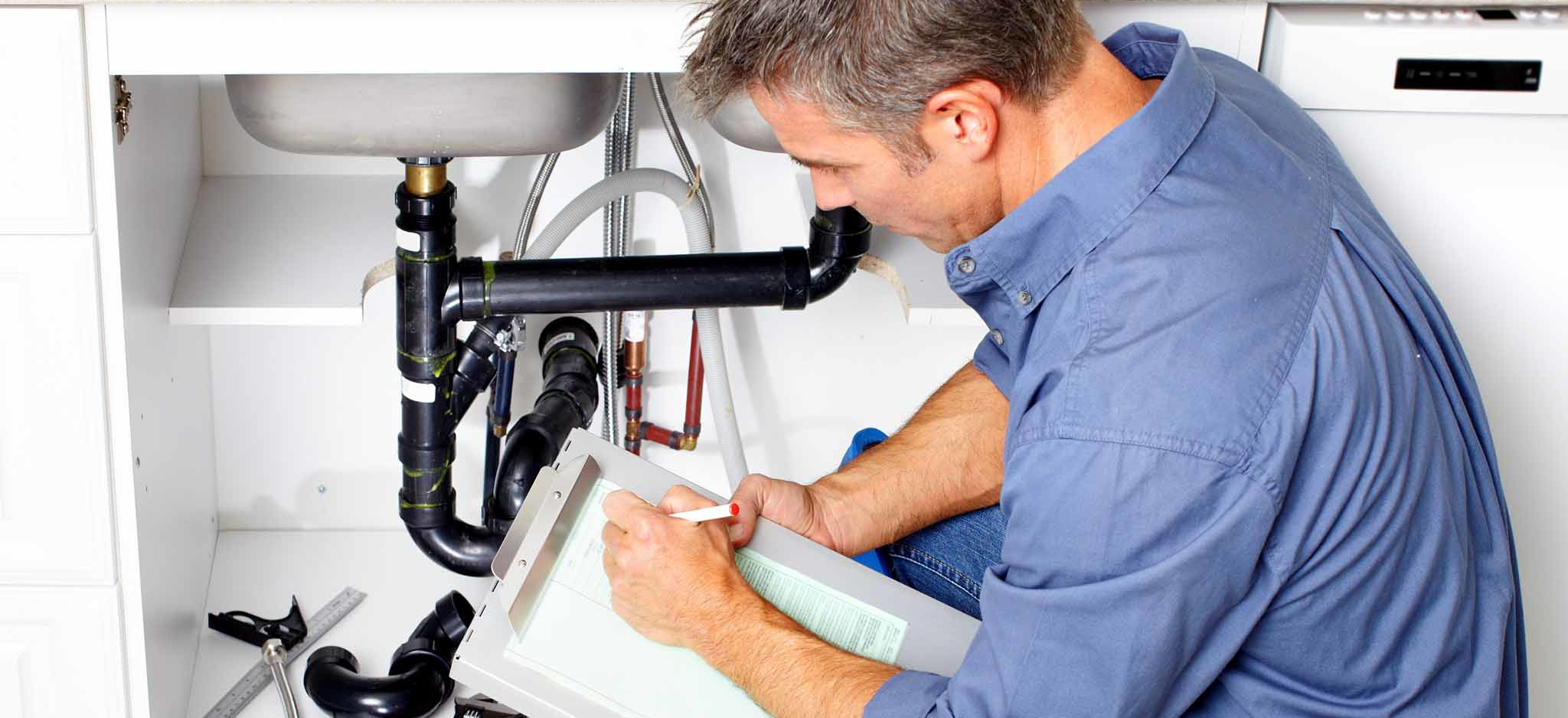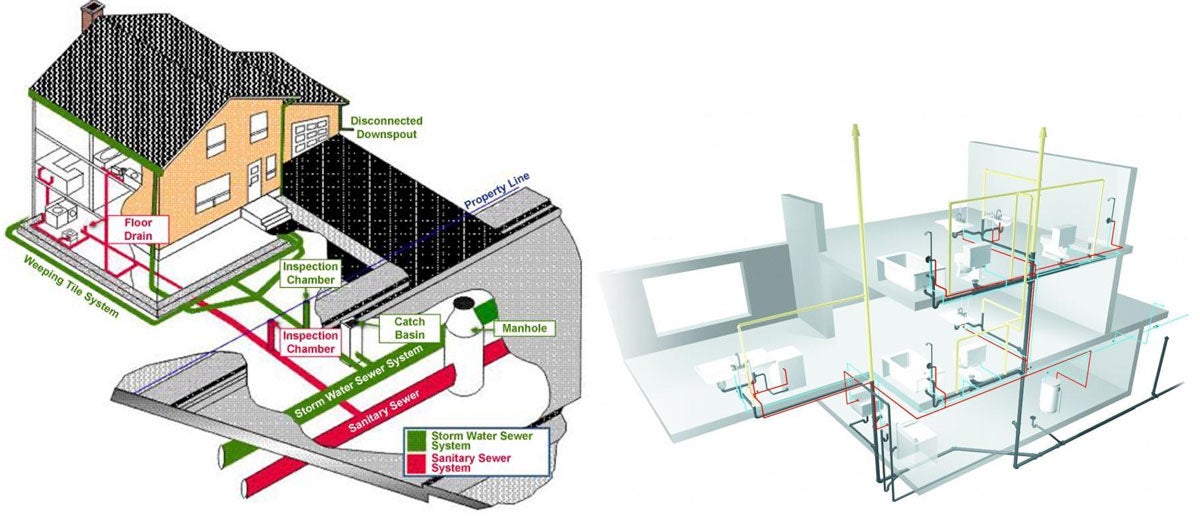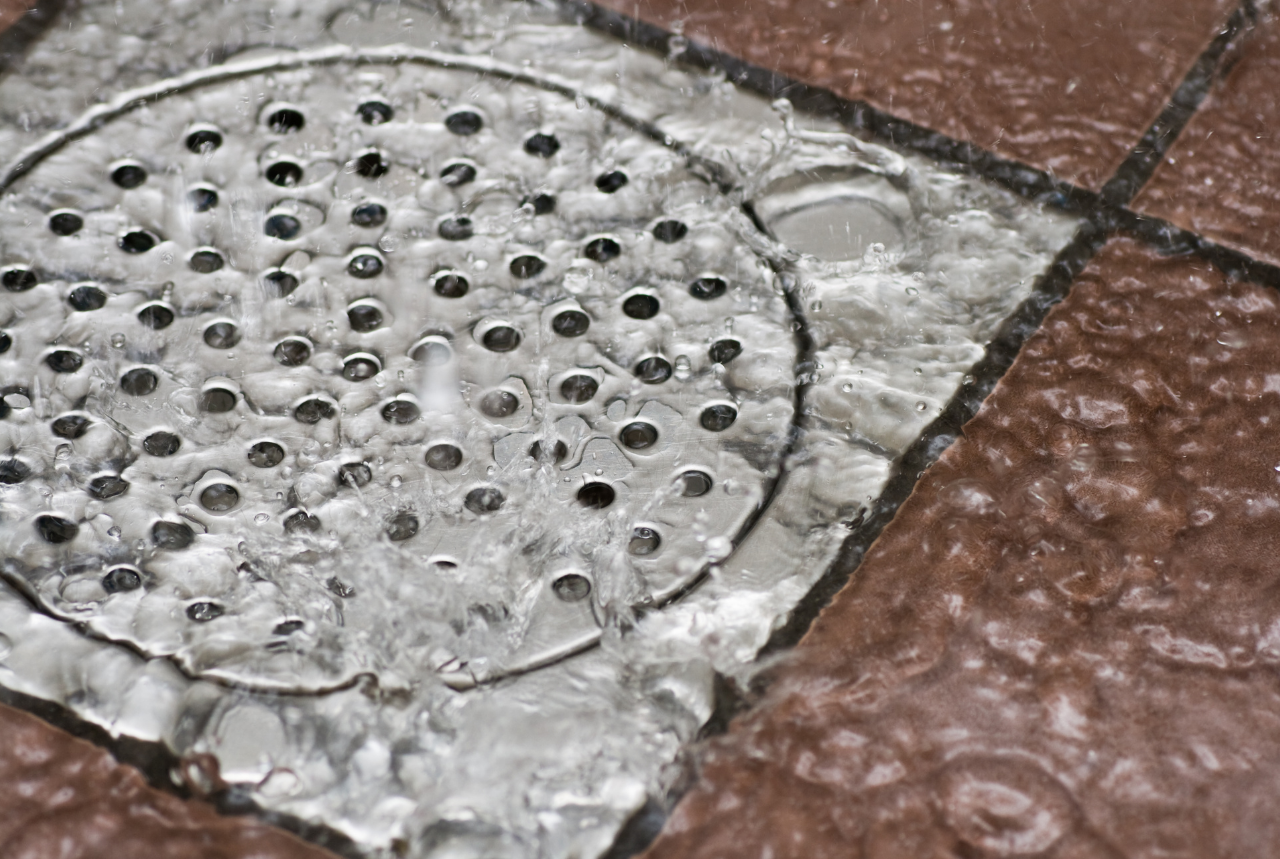Diagnosing Low Water Pressure
Did you know? The average household requires water pressure between 40-60 psi (pounds per square inch) for optimal performance. Pressure below 30 psi can cause significant issues with everyday tasks, while pressure above 80 psi can damage your plumbing system over time.
Have you ever turned on your shower, expecting a refreshing blast of water, only to be met with a disappointing trickle? Or perhaps you've noticed your washing machine taking forever to fill? Low water pressure can transform simple daily tasks into frustrating ordeals.
Beyond the inconvenience, inadequate water pressure often signals underlying issues within your home's plumbing system that deserve attention before they develop into costly problems.
Understanding Water Pressure: The Basics
Water pressure is the force that pushes water through your pipes and out of your fixtures. It's typically measured in pounds per square inch (psi) at the point where water enters your home from the municipal supply or private well.
What Affects Your Home's Water Pressure?
- Elevation: Homes at higher elevations typically experience lower water pressure
- Distance from water source: The further you are from the main water supply, the lower your pressure may be
- Peak usage times: Pressure can drop during high-demand periods in your neighborhood
- Pipe diameter: Smaller pipes restrict water flow and reduce pressure
- Pipe condition: Corroded or clogged pipes significantly impact water pressure
Adequate water pressure ensures you can run multiple fixtures simultaneously without issues. Imagine being able to take a shower while someone else runs the dishwasher—proper water pressure makes this everyday scenario possible without either fixture suffering from reduced flow.
The Pitfalls of Excessive Water Pressure
While low water pressure is frustrating, excessive pressure brings its own set of problems. High pressure (above 80 psi) can:
Damage to Your Plumbing System
- Weakens pipe joints and connections
- Creates pinhole leaks in copper pipes
- Reduces the lifespan of appliances
- Damages faucet washers and seals
- Causes water hammer (banging pipes)
Financial Consequences
- Increased water bills from waste
- Premature appliance replacement
- Costly emergency plumbing repairs
- Water damage restoration expenses
- Higher insurance premiums
Pro Tip: If you suspect your water pressure is too high, consider installing a pressure regulator. This relatively inexpensive device can protect your entire plumbing system and potentially save thousands in future repairs.
Common Low Water Pressure Issues and Solutions
Low water pressure can affect your entire home or just specific fixtures. Let's explore the most common issues and how to address them:
1. Insufficient Water Pressure in the Shower
There's nothing worse than a weak shower when you're trying to rinse shampoo from your hair. If your shower pressure is disappointing, the culprit is often:
- Mineral deposits clogging the showerhead (especially in hard water areas like Metro Atlanta)
- A flow restrictor that's limiting water output
- Partially closed water valves
- Shared water usage with other fixtures or appliances
Quick Fix: Remove your showerhead and soak it overnight in white vinegar to dissolve mineral buildup. For persistent issues, check that the shower valve is fully open or consider replacing an older showerhead with a high-pressure model.
2. Sudden Drops in Water Pressure
If you experience an abrupt drop in water pressure after initially turning on the tap, this could signal:
- A clogged pipe restricting water flow
- Corroded galvanized pipes narrowing the water pathway (a common issue in older Atlanta homes)
- A partially closed main water valve
- Municipal water supply issues affecting your neighborhood
Water supply lines accumulate minerals, rust, and sediment over time, creating blockages that restrict flow. These clogs typically require professional attention, as they may be located deep within your plumbing system.
3. Reduced Hot Water Pressure Only
When only your hot water pressure is low, the issue likely involves your water heater:
- Sediment buildup in the water heater tank
- Partially closed water heater valve
- Corroded or clogged hot water pipes
- Failing water heater pressure regulator
Important: If you notice reduced hot water pressure, check your water heater's temperature and pressure relief valve. A malfunctioning valve can be dangerous and should be addressed immediately by a professional plumber.
4. Low Water Pressure from Leaky Plumbing
Hidden leaks are silent thieves of water pressure. When water escapes through leaks before reaching your fixtures, pressure drops significantly. Watch for these warning signs:
Signs of Hidden Leaks
- Unexplained increases in water bills
- Damp spots on walls, floors, or ceilings
- Mold or mildew growth
- Sound of running water when fixtures are off
- Warm spots on floors (hot water line leaks)
- Foundation cracks or shifting
Professional Solutions
- Electronic leak detection
- Infrared camera inspection
- Pressure testing of plumbing lines
- Pipe relining for damaged sections
- Selective pipe replacement
- Water pressure restoration
Professional leak detection services can pinpoint hidden leaks without destructive investigation, allowing for targeted repairs that restore your water pressure to normal levels.
When to Call Plumb-All for Water Pressure Issues
While some water pressure issues have simple DIY solutions, many require professional expertise. Consider calling Plumb-All when:
- Multiple fixtures throughout your home have low pressure
- Pressure drops suddenly without explanation
- DIY solutions haven't improved the situation
- You suspect hidden leaks in your plumbing system
- Your home needs a water pressure booster pump
Our experienced plumbers can diagnose the root cause of your water pressure problems and implement effective, long-lasting solutions. We provide comprehensive services including water pressure testing, leak detection, pipe repair or replacement, and water booster pump installation.
Tired of dealing with low water pressure? We can help!
Call us at 844 PLUMB-ALL


